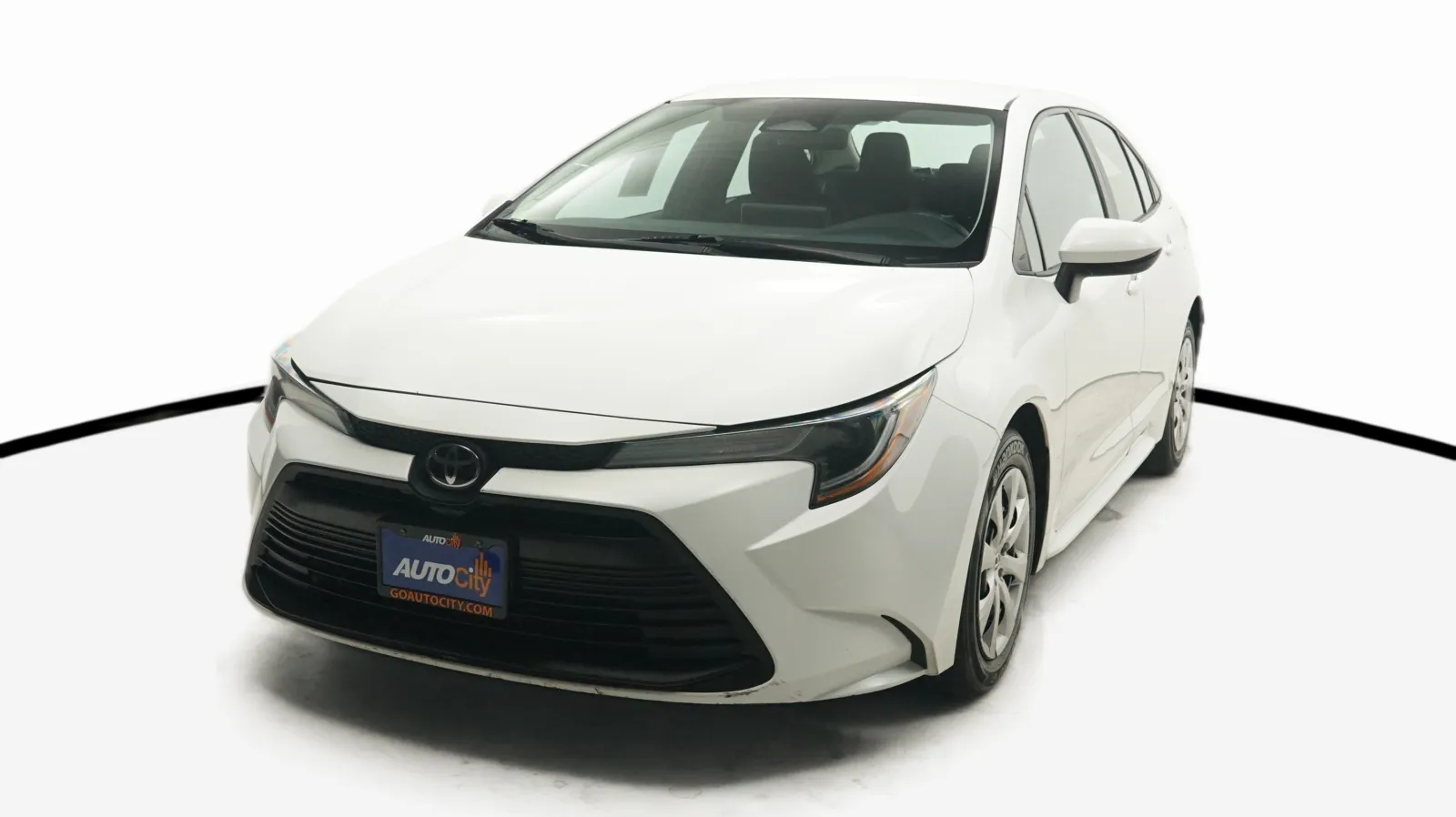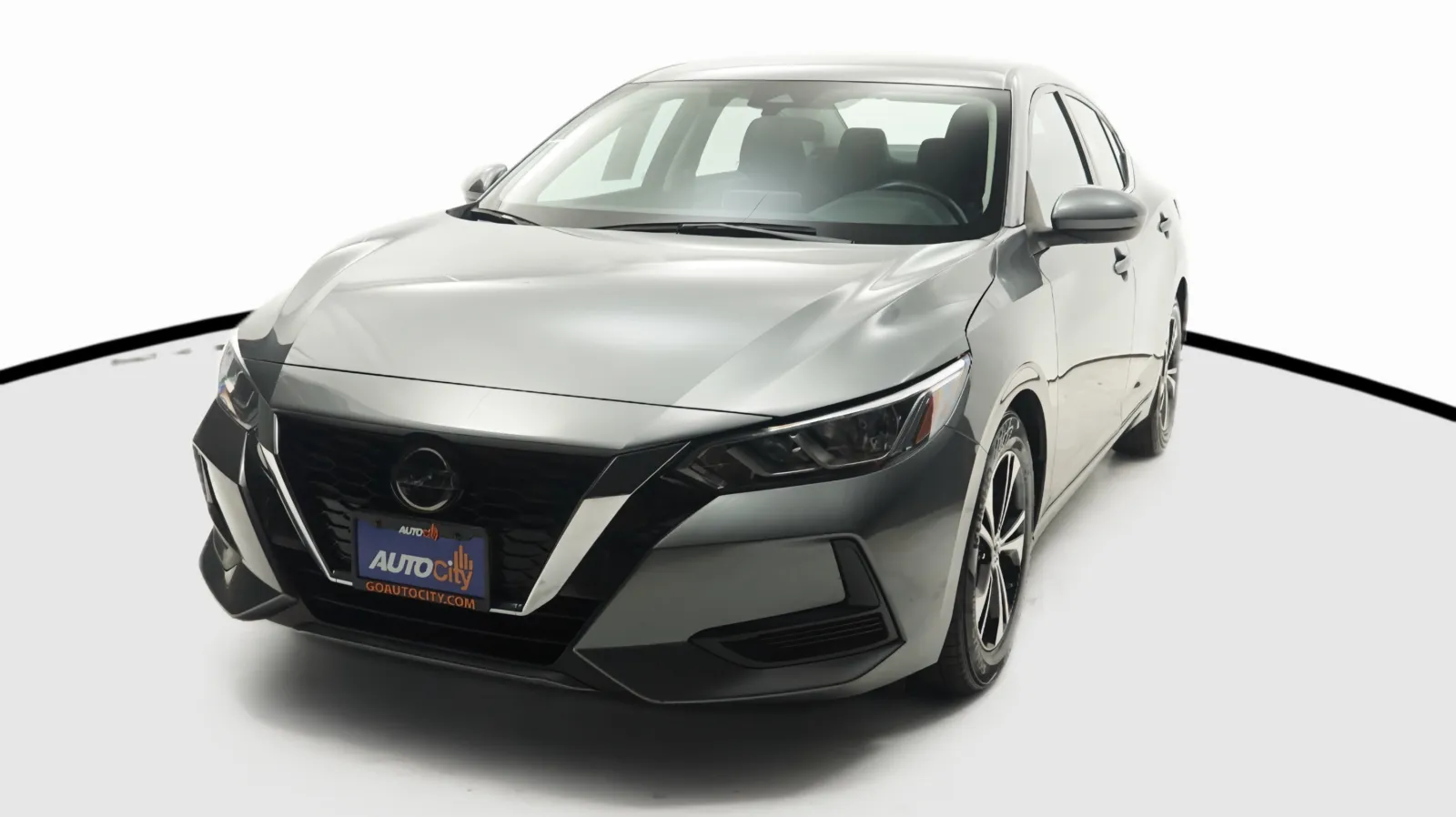Latest Technology and Safety Features in Cars
Table of Contents
Latest Technology and Safety Features in Cars

Not long ago features like anti-lock brakes, cruise control and even airbags were considered novelties. Today, scientists have developed a self-driving car that they swear is safer than the ones we currently drive every day. The possibilities are endless for new and improved safety features as researchers work diligently every day to improve the features available in our cars.
Most cars that were made in the last few years, not only include air bags, anti-lock brakes and cruise-control, but also have numerous other ones as well. Now features like tire pressure monitoring and traction control are basically standard features to keep drivers and their passengers safe. As technology continues to improve and change every day, our idea of features that were once cutting-edge technology are now standard. Luckily for drivers everywhere, new safety features and devices are developed all the time to keep drivers safe on the road and to prevent car crashes. The following are just a few of the latest technology and safety features found in vehicles today.
Park Assist or Self- Parking Technology
It’s hard to find someone who actually enjoys parallel parking. There’s no doubt that, unless you do it all the time, it can be a tough task to master. The good news is some cars now come with a feature that makes parallel parking a breeze. Why? Well, because the car parks itself for you! All you have to do is pull up next to the spot, shift the car into reverse, and the car automatically slips effortlessly into the spot. The features was first offered by Lexus in 2006 but now many cars have made this available as their standard features.
Tire Pressure Monitoring
As we’ve mentioned, tires are an extremely important way to ensure your car is safe. So this new safety technology that automatically measures the pressure inside a vehicle’s tires is a truly significant safety feature. Once measured, the tire pressure is displayed for the driver to see via a gauge on the car’s control system. From there a driver can determine if their air pressure is fine or low. This is especially good for cold weather when the pressure in tires tends to occasionally fluctuate.
Voice Controls
We all know the dangers of texting and driving which is why researchers came up with a way to offer drivers hands-free options when texting, making phone calls or playing the radio. Cars equipped with voice control features allow you to control everything from answering calls from your boss to controlling the temperature in the vehicle, the GPS, and even the windshield wipers. This safety feature now comes standard on many luxury vehicles and is often an upgrade on more affordable ones. One trick to appreciating this technology is to master it while the car is not in motion. Unfortunately, many people don’t get the hang of it right away and end up becoming more distracted by it in the beginning. However, once you understand how to do (and say!) all the controls, you’re good to go – safely.
Adaptive Cruise Control
This is not your grandmother’s cruise control. This safety feature uses radar technology to scan the road ahead and then automatically adjusts the speed of the vehicle based on your current speed. This option is safer than normal cruise control for many reasons. For example if it detects a slow moving vehicle in front of you, it will slow down and then accelerate back to the original speed once the road clears. This feature is part of the “technology” package in most vehicles. Researchers say, although it may feel a bit spotty when you first try to use it, you will eventually get the hang of it and it is well worth the price.
Adaptive Headlights
Up until now there hasn’t been a lot of advancement for headlights. Yet these new adaptive headlights more than make up for the quiet technology over the years. The new age headlights pivot with steering input and illuminate the road in front of you. This technology is highly effective and makes driving around dark corners much safer. Next time you drive at night down a dark road, these lights may come to the rescue when it comes to deer jumping out or other types of wildlife and vehicles. Those living on rural streets will quickly come to rely on these. Adaptive headlights, once only for luxury vehicles, are now making their way to standard features for affordable cars.
Blind Spot Warning Technology
You no longer have to sweat when you’re on the highway. With radar, cameras or both, this kind of technology monitors your blind spots. A dashboard icon will light up if there is a vehicle in your blind spot. Some vehicles will alert you with an audible warning as well. If you attempt to change lanes or turn when there is another car in your blind spot the technology will alert you soon enough so you can quickly move away. Some researchers say the blind spot technology too often gives “false warnings” but that just might be better than no warning at all. And, as with all forms of technology, researchers are still working on this and are improving it every day.
Lane Departure Warning
This might be a good feature for the elderly or new teen drivers who have trouble staying in their lanes. The lane departure warning is based off of cameras and lasers that monitor the lane markings. If your car leaves a lane without signaling it will activate the alarm system to alert you. In some car models the steering wheel will vibrate in addition to an audible alert. By staying in your lane and signaling properly you can avoid a serious collision.
Forward Collision Warning
Perhaps one of the most lifesaving of all the safety features, this safety feature uses innovative technology to detect vehicles ahead and alter the drive if they are going too fast. Using cameras and radar, the technology will send an audible alert and vibration of the steering wheel if the driver is closing in too quickly and need to be pulled back into reality. In many cases a collision happens because a driver took their eyes off the road for a split second. With the steering wheel alert and audible sound, a driver is certain to stay safe.
Forward Collision Warning Plus Auto Breaking
Similar to the previously mentioned safety feature, this technology takes it to another level. If even after the audible alert and steering wheel vibration you still do not stop, the car will automatically brake for you. The intention is that by braking you will avoid a collision into the car in front of you.
When it comes to purchasing a used car, you should always be sure it comes with basic safety features – and that they are working properly. For example, if you are purchasing a used car for a teenager , you should always be sure it has electronic stability control. While electronic stability control does not save your life in an accident, it prevents a lot of accidents from happening in the beginning. Inexperienced drivers, like teenagers, often need that extra bit of technology to help make their driving just a little easier.
Did you know that some safety features may even safe you some money on your insurance? It’s true. In general, the older the technology, the better chance you will get a discount on your insurance. The reason for that is, most insurers need to see that the technology works first. If the safety feature or technology is really new, there may not be too much information out yet. Insurance companies need to see the data to make sure the safety feature really is as good as they say before they start issuing discounts. The most standard safety features that typically qualify for a discount include: air bags, anti-lock brakes, electronic stability control and adaptive cruise control.
The array of safety features may seem overwhelming as you shop for a used car. After all, many features aren’t cheap and come with hefty price tags. So how do you know which ones are right for you? In general, you want to look for a used car that will aid in filling in your driving gaps. These include rear-view cameras that can aid in helping you see around blind spots or adaptive headlights to help you see better at night. Discuss the features you are interested in with your dealer and they may also recommend some that you may not know about yet.
If you are looking at a used car and want to find the best safety features and technology – check out our selection of newer pre-owned vehicles .











